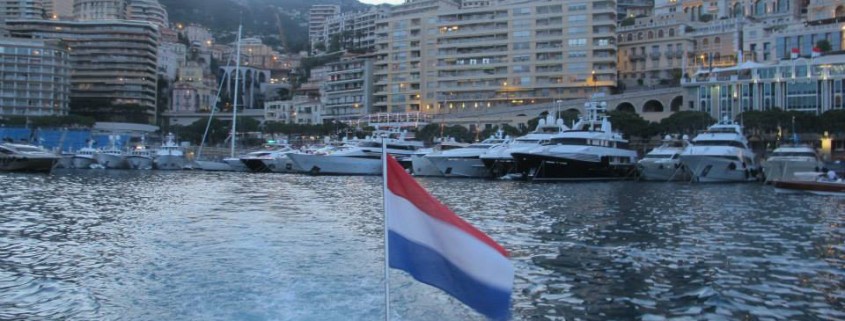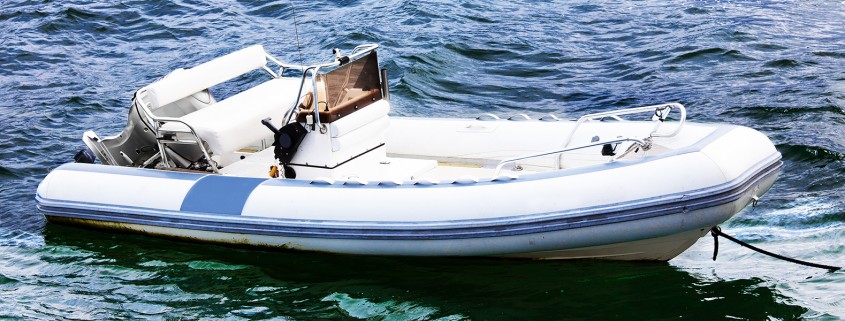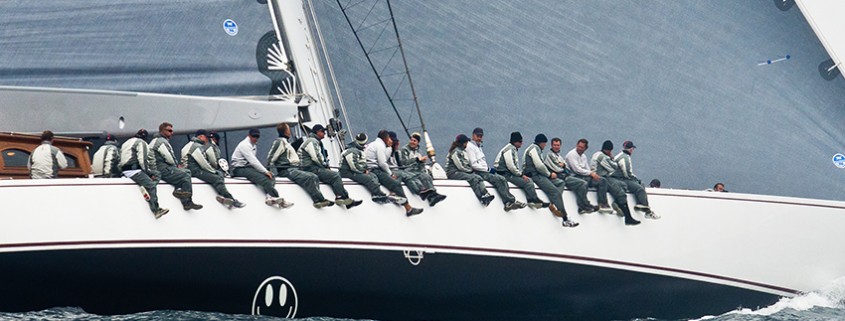Money Talks
Once the decision to purchase a multi-million pound yacht has been made, the next question is how do you plan to finance it? Sanctum spoke with Bob Atkinson, Partner at B Capital, Wealth Management to learn more about the process.
Sanctum: What motivates the yacht financiers to loan such large sums of money to clients?
Bob Atkinson: When purchasing a multi-million pound yacht, a number of factors need to be considered. Perhaps the first and most obvious question is where one will seek the capital to purchase said yacht. Is it the desire to lend money to deserving borrowers for a return as “banks were supposed to” or is it a way to entice & encourage a wealthy client to open and develop a lasting banking relationship? Invariably for the majority of banks it is the latter today.
The main financiers of the larger yachts (40m+) are almost all part of private banks who wish to use this financing as a way of “developing” or “deepening” the client/bank relationship. As a result, it may be more difficult for the client to completely move away from this particular bank in the future if the client utilises more than one or two products or services. It’s a classic requirement for cross selling.
The traditional long established private banks were and some still are institutions where clients have established relationships to invest, protect and manage the client’s financial assets only. This relationship takes considerable time to develop and for trust and consistent investment management performance levels to be demonstrated through this specialisation.
Broader based private banks use the provision of debt to deepen their existing client relationships beyond investment management only to have a greater hold or influence with the client, some use debt as a means to open doors and encourage a client, none of these banks are necessarily able to provide a full world class suite of increasing diverse and complex solutions to satisfy the demands of the client.
Sanctum: Surely there was a shift in lending after the Global Financial Crisis. Are we seeing rates return to normal?
Bob Atkinson: Since the financial crisis most banks want to reduce risk and they continue to “de risk” by withdrawing from jurisdictions round the world or selling businesses (most of the banks Trust operations have now be sold to independent providers) or they do not wish to lend to certain industry sectors or for certain asset types, such as yachts, private jets, art, classic cars or even property.
With this ever changing landscape the client, Family Offices, Trustees increasingly need to consider the immediate and potential future requirements and how these can be satisfied with access to the best solutions available in the markets. This will only be provided via a number of different parties who specialise in certain areas or sectors. The clients wants to be able to cherry pick from certain banks and specialist providers the best solutions available, however the banks are increasingly resisting this approach.
Sanctum: Any other advice for those looking to finance a superyacht in the future?
Bob Atkinson: A proactive Family Office or Trust working with an appropriate finance broker/ specialist can be the most efficient and effective way to achieve the desired results consistently over time.
To arrange a level of borrowing secured against a yacht, jet, property, art or classic car could require five different financiers to achieve the most compelling result and capitalise on their specialisation, in the same way as insurance for specialised assets that require a bespoke solution to achieve the best outcome.







